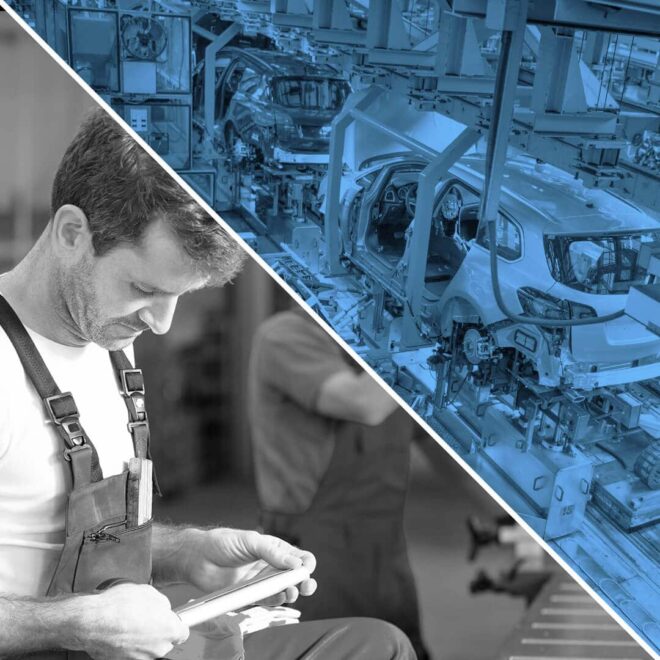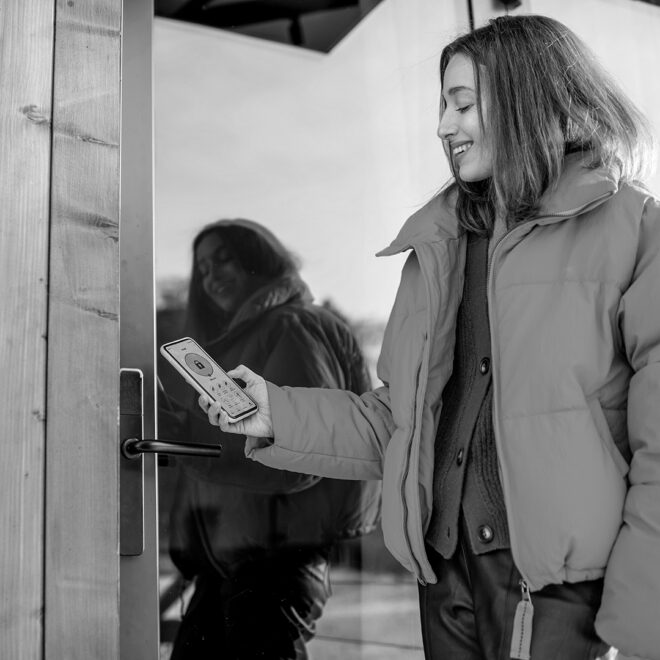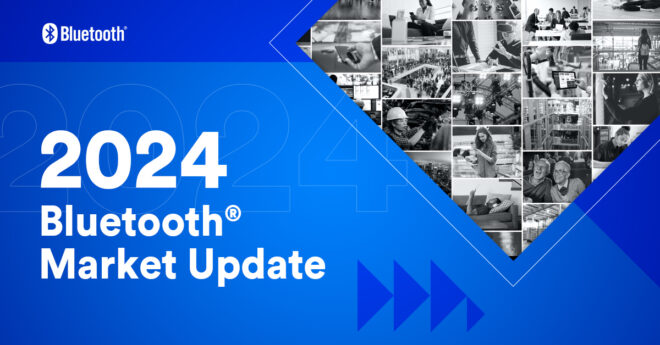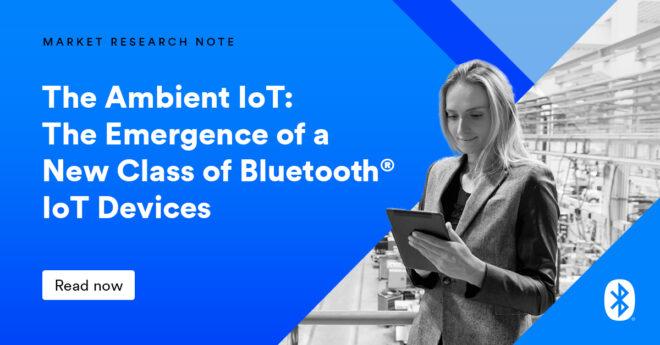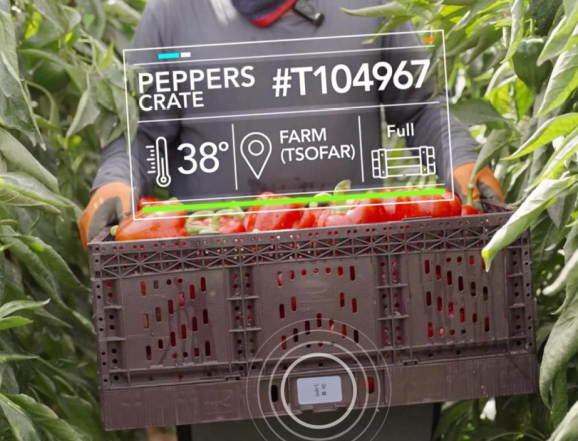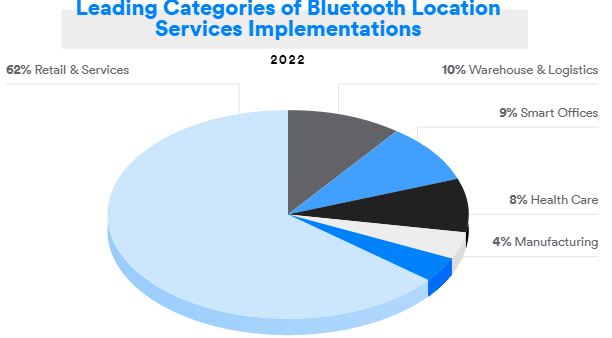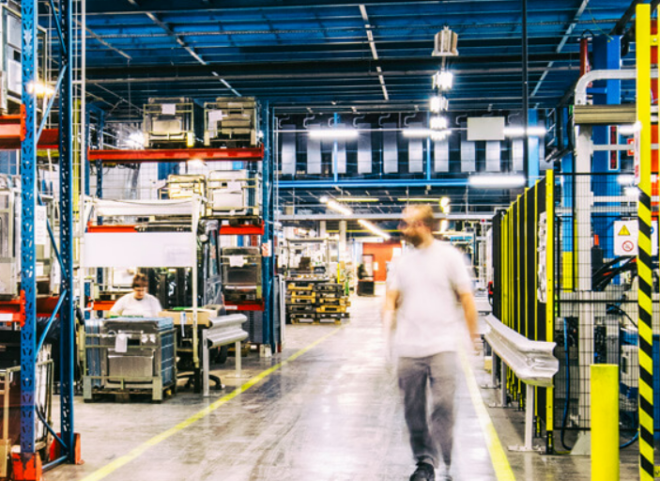![]()
Wiliot, a SaaS company whose cloud platform connects the digital and physical worlds using its Bluetooth® IoT Pixel tagging technology, strives to expand the internet of things (IoT) to include everyday products. By adding intelligence and automation to plastic crates, pharmaceuticals, packaging, clothes, and other products, and connecting them to the internet, Wiliot’s Bluetooth tags can change the way things are made, distributed, sold, used, reused, and recycled.
Steve Statler, Wiliot SVP of marketing, recently shared more about how Wiliot is using Bluetooth technology to expand the IoT.
Q&A With Steve Statler From Wiliot
What markets does your company support, and what are the solutions you provide?
Today, Wiliot is focused on North America, Europe, Israel, Japan, and Australia, enabling safer, more efficient supply chains for food, clothing, and pharmaceuticals. One of our first solution templates is to embed communication and intelligence into returnable transport items, such as plastic crates and pallets.
What does Bluetooth technology enable for your company, and why have you chosen to use it?
Infrastructure Free – The IoT has been limited by the cost of a dedicated infrastructure. Bluetooth® technology eliminates that constraint. For example, RFID readers can cost thousands, even millions of dollars to deploy. By contrast, Bluetooth devices are pervasive; they already exist throughout our homes, workplaces, and vehicles. By tapping into this, many use cases can be unlocked as the infrastructure investment has already been made.
The IoT has been limited by the cost of a dedicated infrastructure. Bluetooth® technology eliminates that constraint.
Bluetooth technology is a standard part of Wi-Fi access points and even appliances such as washing machines and fridges. So, embedding Wiliot Bluetooth tags (called IoT Pixels) and connecting to the cloud can bring intelligence to things like clothing, food, and medicine packaging.
Intervention Free – Unlike QR codes, NFC tags, and RFID tags, Bluetooth® tags don’t need to be tapped or scanned to be read. Due to the cost of the infrastructure and the fact that the Bluetooth radios are continually reading, we can implement the continuous tracking of things. These other technologies tend to deliver a snapshot in batch mode. Using Bluetooth technology, Wiliot tags can constantly measure temperature and fill-level, for example, as well as the location of inventory as it is moved around a store. This lack of reliance on operator intervention and the real-time view of where assets are is revolutionary in terms of the use cases it unlocks.
How does the Wiliot platform benefit the market?
The benefits impact everything from top line to bottom line, including the valuation of the companies adopting it as well as their sustainability goals. Continuous inventory and asset tracking reduce the capital employed as surplus inventory is reduced; by reducing the number of out-of-stock products, sales increase.
Having Bluetooth® connectivity in products in customers’ homes enables auto replenishment as a feature of food packaging or usage measurement in clothes which enables circular economy systems, such as the functionality of an Amazon Dash button without a button being necessary. Companies that had a transactional relationship with their customers can move to a direct subscription relationship, increasing loyalty, reducing the cost of acquisition, and better understanding the customer’s needs.
This paradigm shift is creating opportunities for an ecosystem of software developers, systems integrators, and device and tag manufacturers (Wiliot licenses its chip designs to third parties to make tags at no cost).
Can you explain the concept of the demand chain? How does it differ from the supply chain, and what role do Bluetooth Wiliot tags play in enabling it?
In a demand chain, the customer initiates the flow of goods, not the manufacturer. This gives sustainable companies the ability to match supply with demand and the opportunity to build lasting, profitable relationships with like-minded customers both before and after what used to be a one-off transaction.
Demand signals – such as an out-of-stock notice from a smart shelf in a remote store or even a customer picking up a product in a store, trying it on, or using it at home – can provide the information necessary to run a much leaner supply chain and avoid problems of product hoarding and surpluses.
Wiliot tags can provide a secure unique ID and sensing information that can flow through standard Bluetooth® infrastructure to feed those demand signals back to retailers or brands.
![]()
ON-DEMAND WEBINAR
The Myths & Facts about Bluetooth® Technology as a Positioning Radio
Watch this detailed discussion into the challenges and opportunities in front of indoor location services systems and how to tap into their potential in manufacturing, logistics, retail, offices, and more.
Can you provide some real-world examples that illustrate the benefits of Wiliot’s Bluetooth tags and solutions?
For one of the largest grocery stores, including Wiliot Bluetooth® IoT Pixels on the plastic crates allows them to reduce food waste, extend shelf life, and improve quality by measuring the FIFO flow of the produce that travels from farm to store. By measuring the temperature of fruit and vegetables over time and spotting instances where crates start to get out of sequence, they can avoid leaving food to age at the back of storage spaces or at the wrong temperature.
When the pandemic started, we integrated Bluetooth® IoT Pixels into vaccine vials to measure temperature over time and whether the vaccine was correctly diluted before administration to improve safety.
By tagging clothing (40,000+ items all broadcasting Bluetooth® advertising packets), we were able to measure item-level replenishment to avoid out-of-stock products. This enables a smaller store footprint and better service with fewer staff. We were also able to measure the conversion rate of items brought into the changing rooms and then purchased or not, which can be a proxy to forecast returns and help predict satisfaction.
What are some of the major market challenges? How does Bluetooth technology help you meet them?
Given the existing Bluetooth® expertise and massive ecosystem of solution providers, solution designers can leverage the large number of devices that use Bluetooth technology so deployments can scale more rapidly.
Scale – Scale is the complexity of all the requirements for devices to energize and read our tags. Given the existing Bluetooth® expertise and massive ecosystem of solution providers, solution designers can leverage the large number of devices that use Bluetooth technology so deployments can scale more rapidly even when there are a variety of requirements.
Demand Chain Efficiency – For a truly efficient supply chain, a demand chain that can help make a meaningful impact on climate change, we need to capture demand signals from customers as they are using products at work or at home. The ubiquitous presence of Bluetooth® technology is unique in facilitating that.
Cost – For the IoT to achieve its full potential of growing from billions of devices to trillions, the cost must be low. The Bluetooth® standard, and the large ecosystem of manufacturers, offers a level of innovation and competition that is unmatched.
Did you test with other wireless technologies to see which offered the best reliability? If so, what were the results?
We have considered other transmission protocols, and none offers the level of interoperability with phones and other existing devices that Bluetooth® technology offers.
Our IoT Pixels harvest Bluetooth technology and other sub-gigahertz protocols. The challenge with these other protocols is that the spectrum is fragmented around the world, which means that multiple SKUs of tags and edge devices are required. With Bluetooth technology, there is one set of frequencies around the globe that makes scale and operations much easier.
Congratulations on being recognized by the FDA for your food traceability solution! How is Wiliot creating an intelligent food supply chain, and what benefits will it bring?
![]()
According to the Food and Agriculture Organization of the UN, food systems consume about 30 percent of available global energy, 38 percent of which goes into producing food that is either lost or wasted.
Traceability and continuous tracking of where assets are is the key to addressing this and managing food safety and recall issues. Not only can this make administering recalls safer and more efficient, but reducing food waste and the methane that results from rotting food can play a major part in the fight against climate change.
Wiliot’s offering is a platform, so we work with Works with Wiliot partners who provide the applications and services key to delivering solutions to meet this challenge.
What kind of information are companies learning with this new data on their products?
When you give a unique identity to everything, a digital passport, you realize there is a world of complexity and dysfunctionality that, when tamed, can reduce costs and lift sales. Our supply chains are in the dark currently.
We see huge variances in the temperatures within storage spaces and even within a pallet of the same perishable items.
We see huge variances in sales performance between different sizes and colors of products.
Our focus now is not just to capture the data but provide automation tools that work on an item level that can allow this sensing information to be actioned automatically so the benefits can be unlocked. Staff in a store or warehouse can be messaged automatically.
The other implication is that brands that once lost visibility of their products once they have shipped now have the opportunity to get insights that can redefine the balance of power with their retail partners.
![]()
ON-DEMAND WEBINAR
The Myths & Facts about Bluetooth® Technology as a Positioning Radio
Watch this detailed discussion into the challenges and opportunities in front of indoor location services systems and how to tap into their potential in manufacturing, logistics, retail, offices, and more.




